
The World's Biggest Oceans and Seas
Intro
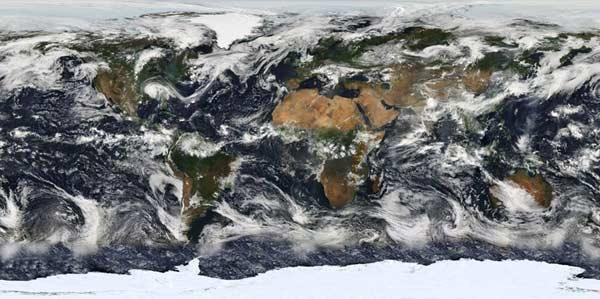
Water covers more than 70 percent of the Earth's surface, with the largest body of water, the Pacific Ocean, taking up more than one-third of the planet's surface.
All of the oceans on Earth are estimated to have a volume of 0.3 billion cubic miles (1.332 billion cubic kilometers) and an average depth of 12,080.7 feet (3,682.2 meters). But the various bodies of water that make up this total ocean area have their own unique characteristics and range in size from the sprawling Pacific to the self-contained Mediterranean.
Here are the top 10 biggest seas and oceans in the world, as measured by surface area in square miles (square kilometers).
Bering Sea
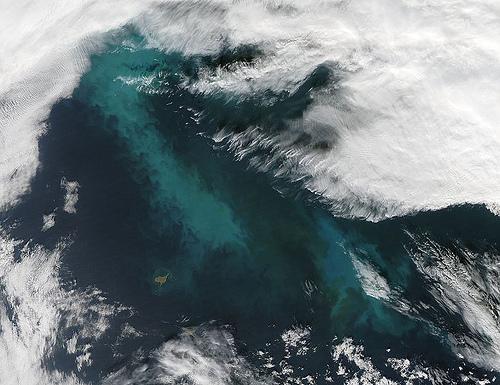
873,000 square miles (2,261,060 square kilometers)
Located between Alaska and Siberia, the Bering Sea is known as having some of the most harrowing and unpredictable weather conditions on Earth. In fact, the Discovery Channel's "Deadliest Catch," a television show that chronicles the real-life adventures of five Alaskan King crabbing boats, takes place on the Bering Sea.
The Bering Sea's weather is most unforgiving during the winter crabbing season, when winds can reach hurricane-like forces, frigid waves become violent and ice fields pose a major threat if in a boat's path.
There are more than 400 species of fish in the Bering Sea, according to the Alaska Department of Fish and Game. However, commercial fishing has impacted the biodiversity of the Bering Sea, leading to the extinction of several rare species, according to The United Nations Environment Programme (UNEP).
Mediterranean Sea
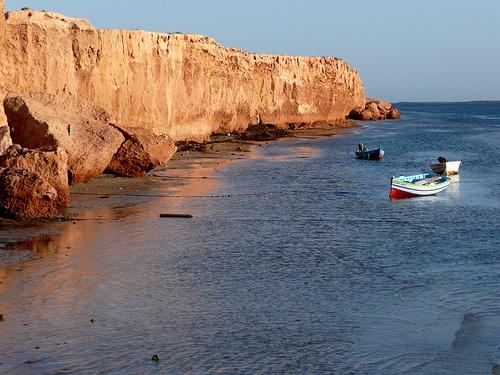
969,000 square miles (2,509,698 square kilometers)
Connected to the Atlantic Ocean, surrounded by the Mediterranean region and almost completely enclosed by land, the Mediterranean Sea's name comes from the Latin word meaning "inland" or "in the middle of the Earth." The Mediterranean Sea is home to some of the world's busiest shipping routes, also making the sea a prime area for marine pollution.
With approximately 400 tons (370 million tonnes) of oil transported annually in the Mediterranean Sea and around 250 to 300 oil tankers crossing the sea every day, accidental oil spills are a common problem. There is an average of ten oil spills in the Mediterranean Sea every year, according to Greenpeace International.
A recent study has also found that the Mediterranean is feeling the effects of global warming, having become both warmer and saltier in recent decades.
Caribbean Sea

971,000 square miles (2,514,878 square kilometers)
The beauty of the Caribbean Sea is renowned, with its clear, warm water a steady 75 degrees Fahrenheit (24 degrees Celsius). The Caribbean is also less salty than the Atlantic Ocean these qualities help make it a major tourist destination.
Possessing a counterclockwise current, the Caribbean Sea's water enters through the Lesser Antilles, exits through the Yucatán Channel and forms the Gulf Stream. Although beautiful, the sea is also dangerous, with frequent volcanic activity, earthquakes and destructive hurricanes.
Spain claimed the Caribbean Sea after Christopher Columbus came across it in 1493, making the Caribbean a main route for treasure-hunting expeditions and, later on, trading. There were indeed pirates in the Caribbean, and they preyed on Spanish ships. Today, the top local products traded in the Caribbean are petroleum, iron ore, bauxite, sugar, coffee and bananas.
South China Sea
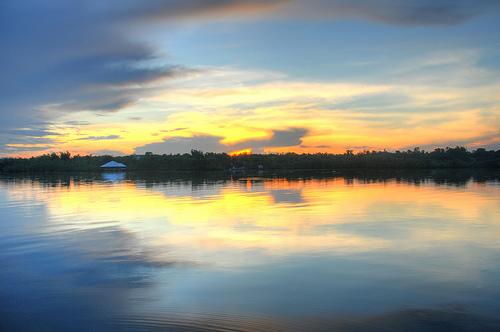
1,148,000 square miles (2,973,306 square kilometers)
Located in the South China Sea are hundreds of tiny islands, with the collective cluster of South China Sea Islands referred to an as archipelago. These islands are mostly uninhabited, with several countries arguing over who has claim over them, according to the U.S.-China Economic and Security Review Commission.
Also located in the South China Sea are more than 100 identified islands and reefs, most of which are located within the Spratly Islands and are valuable because they are home to rich fishing grounds as well as gas and oil deposits. These islands are claimed by China, Taiwan, Vietnam, Malaysia and the Philippines.
Arabian Sea
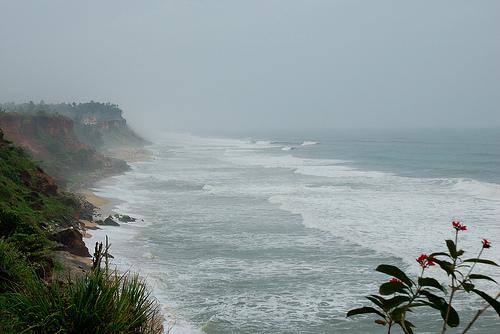
1,491,000 square miles (3,861,672 square kilometers)
Located between the Indian and Arabian peninsulas in the northwestern section of the Indian Ocean is the Arabian Sea. Countries on the Arabian Sea's coastlines include India, Yemen, Oman, Iran, Pakistan, the Maldives, and Somalia.
Forming part of the major trade route between India and the countries of Europe that dates back for centuries, the Arabian Sea has a rich history of merchant water transportation. This ancient trade route inspired the legendary adventures of Sinbad the Sailor and the tales within the collection of folklore titled "Arabian Nights."
Arctic Ocean
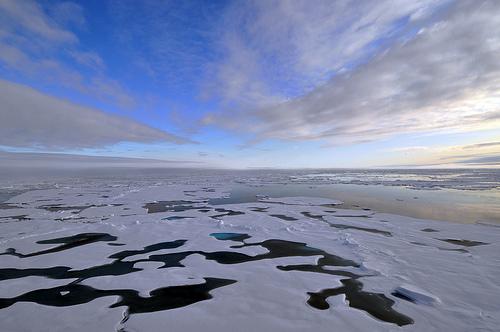
5,100,000 square miles (13,208,939 square kilometers)
The smallest of all the oceans, the Arctic Ocean is completely surrounded by land, mainly Eurasia and North America, with the ocean centered approximately on the North Pole. Endangered marine species living in the Arctic Ocean include manatees, seals, sea lions, turtles and whales.
Although the Arctic Ocean is typically mostly covered by ice, both the thickness and extent of summer sea ice in the Arctic have shown a dramatic decline over the past thirty years, satellite measurements have found. Scientists have noted that these changes are consistent with the increase in temperatures of the Arctic as a result of global warming. In 2009, Arctic sea ice extent hit its 3rd lowest level since satellite measurements began in 1979. The record minimum came on Sept. 16, 2007, when sea ice extent was reduced to an estimated 1.65 million square miles (4.28 million square kilometers).
Some scientists have said that the Arctic Ocean could be ice-free in the summer in as little as 30 years.
Southern Ocean
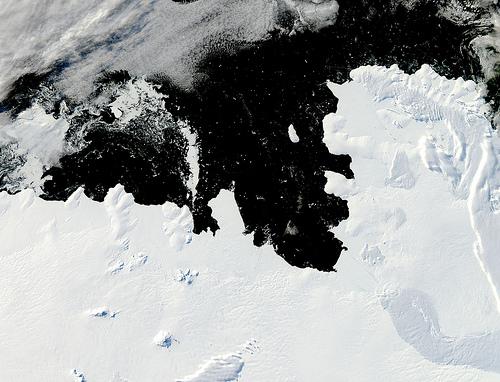
20,327,000 square miles (52,646,688 square kilometers)
Also known as the Antarctic Ocean, the Southern Ocean completely encircles Antarctica, flowing from west to east. The Southern Ocean is home to several species that are near extinction, including the albatross, a large sea bird that in ancient folklore was believed to carry the souls of dead sailors.
Because hunting and fishing has negatively impacted the Antarctic Ocean's fragile ecosystem, the International Whaling Commission has designated an area spanning about 31,068,560 square miles (50 million square kilometers) in the ocean as the Southern Ocean Whale Sanctuary.
Indian Ocean
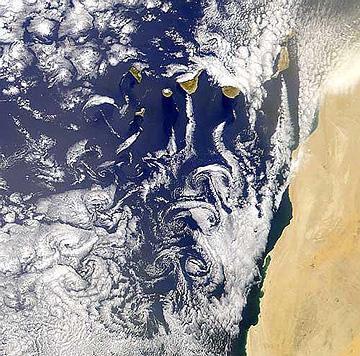
28,400,000 square miles (73,555,662 square kilometers)
Located between Africa to the west and Asia to the north, Australia in the east and Antarctica in the south, the Indian Ocean is the warmest ocean in the world. The Indian Ocean's large body of salt water contains a spatter of small islands that dot its continental rims, and also includes Madagascar, the world's fourth largest island.
The Indian Ocean's calm surface allows for its trade routes to open up earlier in the year than the Atlantic and Pacific Oceans, with many Indian Ocean states exporting raw materials such as silk, rice and sugar, according to the Indian Ocean Rim Association for Regional Cooperation (IOR-ARC).
Despite its relative calm, the Indian Ocean was the site of one of the most devastating tsunamis in history. An underwater earthquake on December 26, 2004 created goliath waves that hit the countries surrounding the Indian Ocean, resulting in the deaths of more than 226,000 people and leaving more than one million people homeless.
Atlantic Ocean
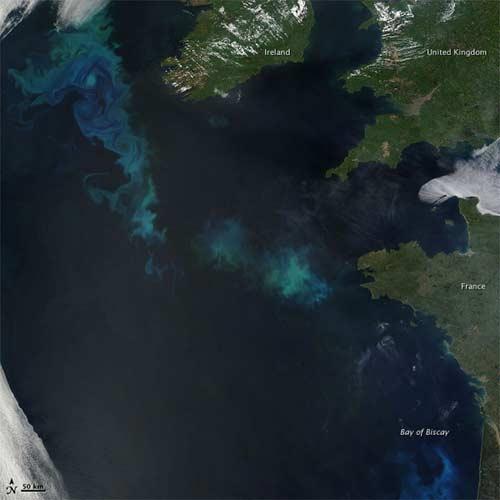
33,400,000 square miles (86,505,603 square kilometers)
The world's second largest ocean, the Atlantic Ocean covers about 21 percent of Earth's surface. Separating North and South America from Europe and Africa, the Atlantic Ocean is the youngest of the world's present-day oceans, having formed in the Jurassic Period (about 200 million to 150 million years ago), according to the International Geology Review.
Located in the northern area of the Atlantic Ocean is the Bermuda Triangle, with its three points touching upon Miami, Bermuda and Puerto Rico. Also known as "the Devil's Triangle," the Bermuda Triangle is believed to be responsible for the mysterious disappearance of more than 50 ships and 20 airplanes over the past century, according to the U.S. Navy.
The Greek philosopher Plato wrote about a mythical island called Atlantis, located in the middle of the Atlantic Ocean, on which lived a powerful empire that had been created by Poseidon, the God of the Sea.
Pacific Ocean
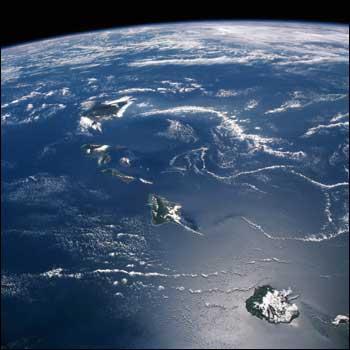
64,196,000 square miles (166,266,877 square kilometers)
The Pacific Ocean is the largest body of water on Earth. Located between the Southern Ocean, Asia, Australia, and the landmasses of the Western Hemisphere, the Pacific Ocean contains almost twice as much water as the world's second largest body of water, the Atlantic Ocean.
Besides being the biggest water body, the Pacific is also the oldest of the existing ocean basins. Its oldest rocks have been dated to about 200 million years ago, according to the National Oceanic and Atmospheric Administration (NOAA)'s National Ocean Service (NOS).
Holding more than half of the Earth's open water supply, the Pacific Ocean was named by explorer Ferdinand Magellan in 1520, with "pacific" translating to "peaceful" in Portuguese. But some areas of the Pacific are anything but: The region referred to as the "Ring of Fire" near the Pacific basin is where about 81 percent of the world's largest earthquakes occur, according to the United States Geological Survey (USGS).
Sign up for the Live Science daily newsletter now
Get the world’s most fascinating discoveries delivered straight to your inbox.










